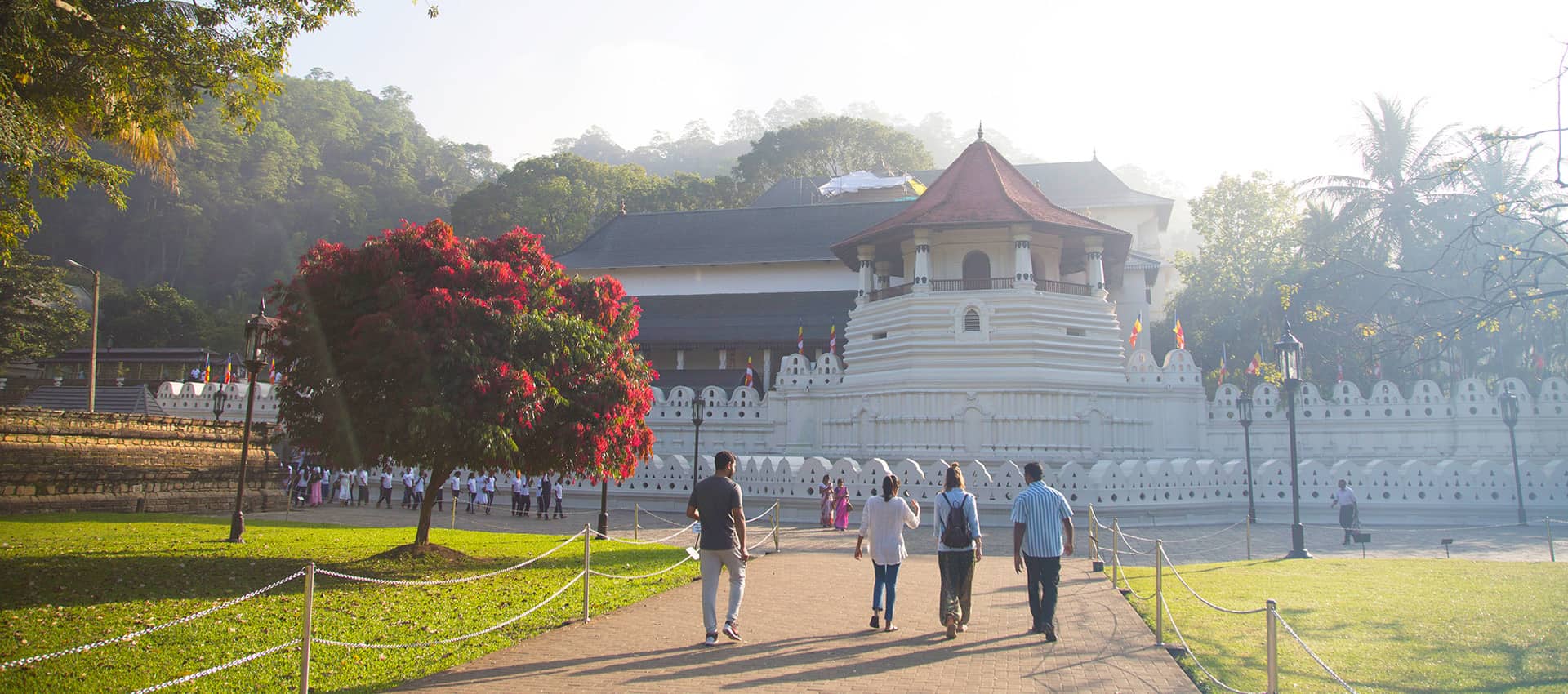The majestic ruins of the Cultural Triangle stand in testimony to the awe-inspiring architecture created between the Anuradhapura Kingdom (377 BC – 1017 AD),named after Sri Lanka’s first established city, and the Polonnaruwa period (1017 – 1232). The buildings that remain from each civilisation demonstrate a rich diversity in architectural styles, although both the ancient and medieval cultures in Sri Lanka were greatly influenced by Buddhism (introduced to the island in 3rd century BC) as well as features found in Northern India and East Asia.
The colossal, 2,000-year-old dagobas at Anuradhapura were, at the time of construction, some of the largest man-made buildings in the world – second only to the pyramids of Egypt. Cave temples dating back to the same period are littered across the island, intricately-decorated refuges where monks would retreat to meditate. The most famous of these is Dambulla Cave Temple, the largest and best-preserved cave temple complex in Sri Lanka which houses an astonishing 153 Buddha statues and has ceilings painted with elaborate murals.
Sigiriya Rock Fortress, built in the 5th century atop an enormous rock, is an awe-inspiring example of ancient Sinhalese architecture that will impress anyone with its staggering engineering, incredible design and spectacular views. Polonnaruwa, Sri Lanka’s royal medieval kingdom, is home to many spectacular pieces of architecture that are remarkably well-preserved, in particular the astonishing sculptures of Lord Buddha at the Gal Viahara which were carved into granite stone in the 12th century. Yapahuwa, one of the island’s lesser-known cultural sites, has a steep set of stairs fronted by lion statues, which are startlingly Chinese in appearance.
The Cultural Triangle is the best location in Sri Lanka to explore ancient and medieval Sinhalese architecture. To find out more about how these various styles developed, take a look at the ‘Architecture in Kandy’.



